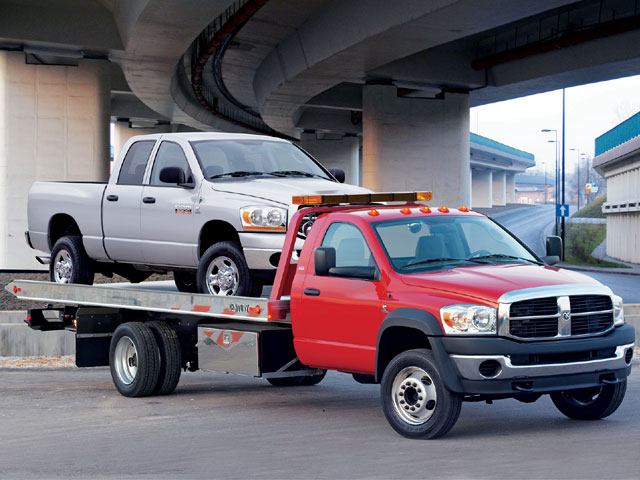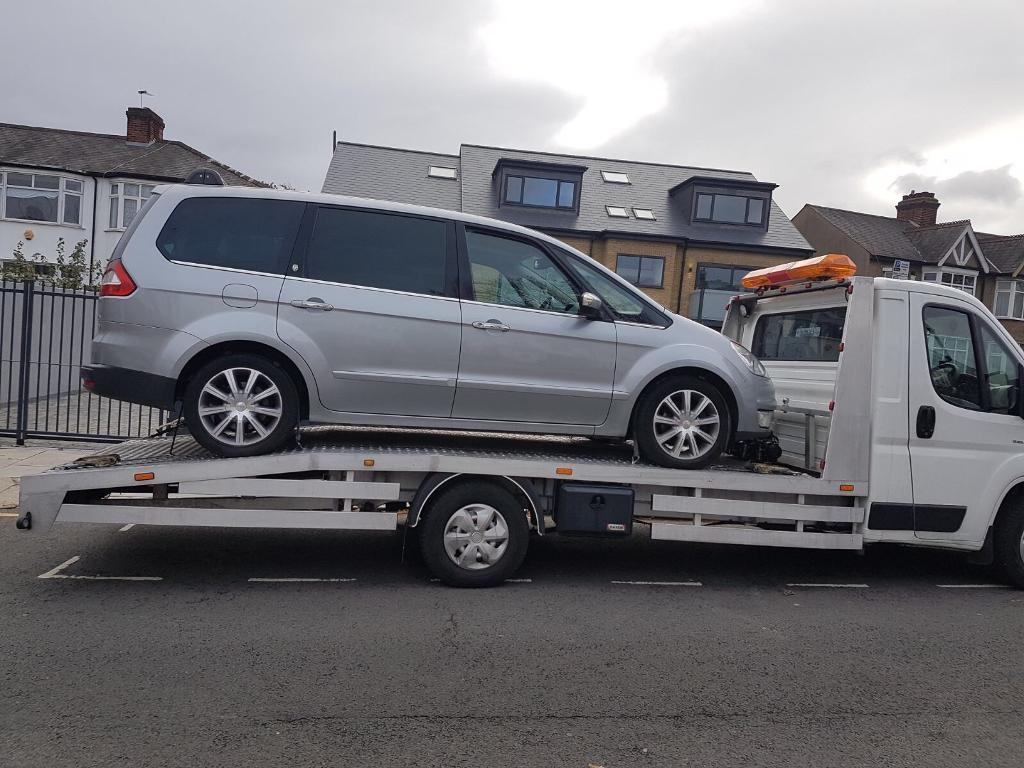When a car stops working, you require a tow truck. Nevertheless, it’s easy to see advertisements for “emergency towing.” What comprises emergency car recovery service versus regular, everyday towing? How can you tell if you require emergency towing, since virtually every vehicle situation requiring a tow is an emergency? This is how you can determine whether you require emergency towing versus standard towing.

Your Vehicle Is in a Deep Ravine
Whenever a car in some way rolls into a deep ravine or over a high cliff, there’s a great chance it is not returning out without having an emergency tow. Ideally, you weren’t in the car when this occurred. The emergency machines on an emergency tow truck can certainly pull your automobile up and out of its current position.
Your Vehicle Is Dangerously Near to Igniting
Some automobile accidents crunch and reveal the gas tank in a way that a standard tow would be a horrible idea. When there are additional parts that will drag on the ground and spark, and the vehicle’s gas tank is dripping gas everywhere, that’s a definite emergency towing situation. The emergency towing company could possibly send a flatbed tow truck which to haul the potentially volatile vehicle to ensure that everyone on the highway is guarded against explosions and a moving fire on the road.
Your Car Or Truck Is Stuck in the Line of High-traffic and Your Life Is in Danger
Needless to say, you might not have been around in any sort of accident at all. Instead, your vehicle just stopped in the center of a high-traffic road, and stepping out of your vehicle to create a towing call is much more harmful than remaining in it. In this instance, emergency towing companies alert law enforcement to your scenario so that officers could be dispatched to run traffic around you until the tow truck arrives.
The existence of the authorities in front of the tow truck will also shield the tow truck when it will come to catch your vehicle up and tow it away. The cops might have you stay in one of their vehicles out of traffic until you may either get a ride, or the officer can drop you at a safe location.

